When purchasing an interactive kiosk machine, customization options are crucial to ensure the kiosk meets specific business needs. Customization can include design elements like branding, color schemes, and screen size to match the company’s identity and spatial requirements. Hardware customization may involve selecting the type of touchscreen (e.g., resistive or capacitive), integrating peripherals such as card readers, printers, or biometric scanners, and choosing the appropriate connectivity options like Wi-Fi, Ethernet, or Bluetooth. Software customization is equally important, with options to tailor the user interface, integrate specific applications, and add security features to protect user data and transactions.
When considering a purchase, it’s essential to evaluate the total cost of ownership, including not just the initial investment but also maintenance, software updates, and potential repairs. Supplier reputation is another critical factor—choosing a manufacturer with a proven track record ensures reliability and ongoing support. Compliance with industry standards and regulations is vital, especially in sectors like healthcare or finance, where data protection and accessibility are paramount. Additionally, considering the ease of integration with existing systems and the potential for future scalability can help future-proof the investment, allowing the kiosk to grow with the business’s needs.

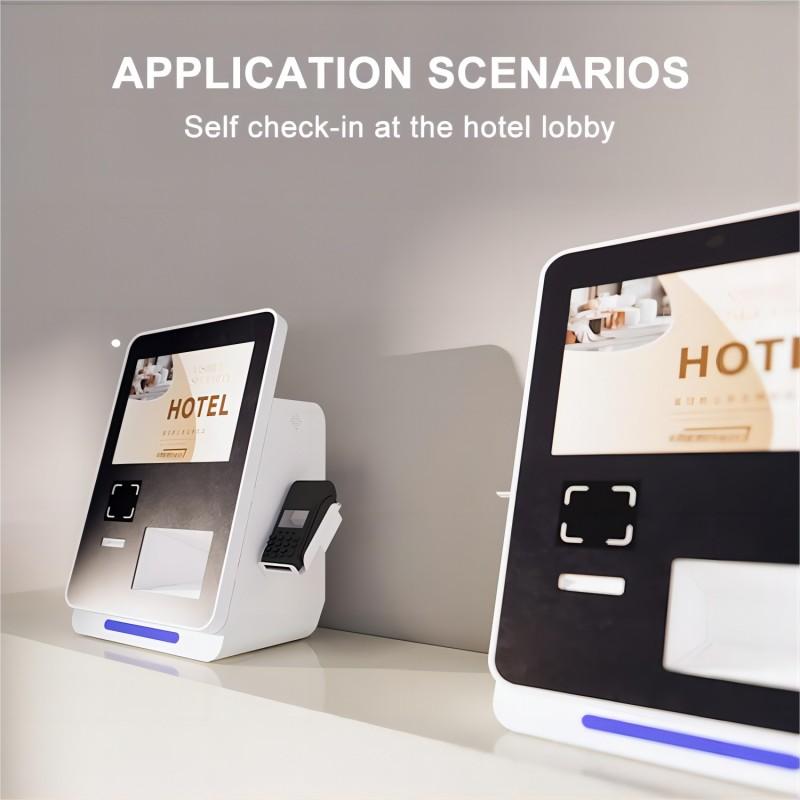
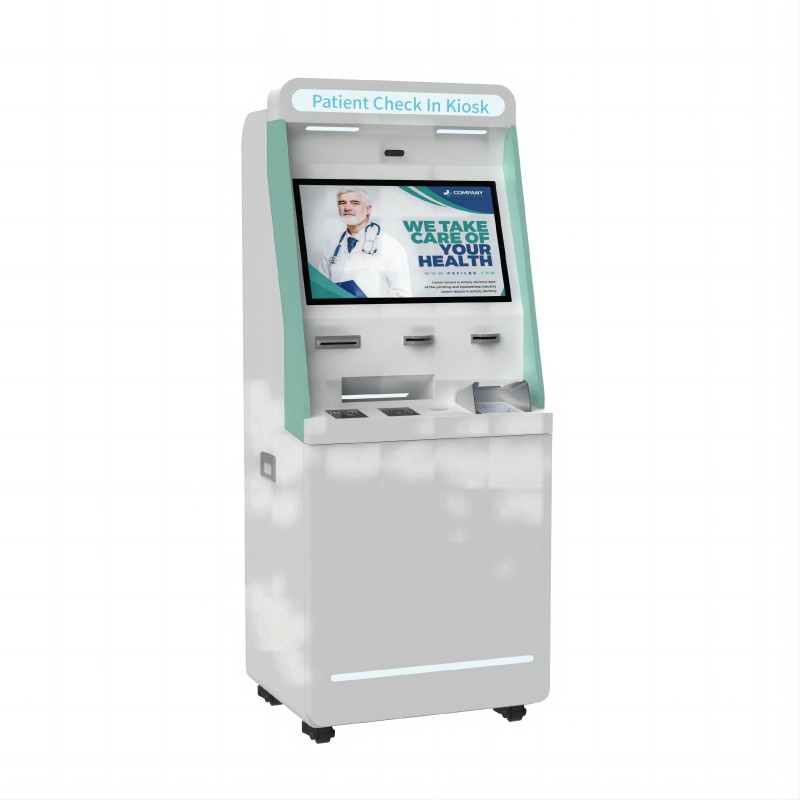
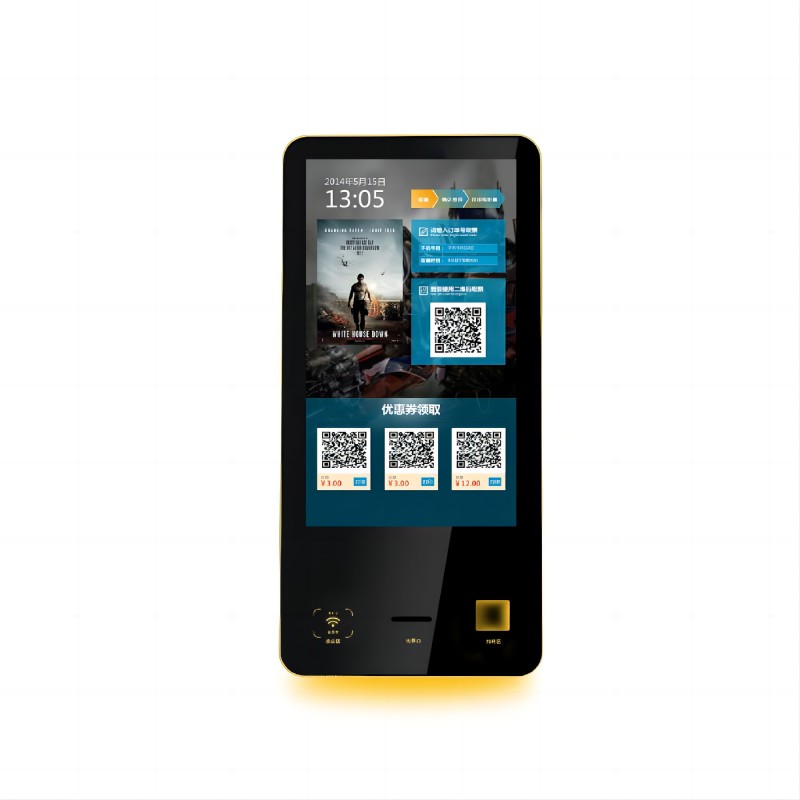
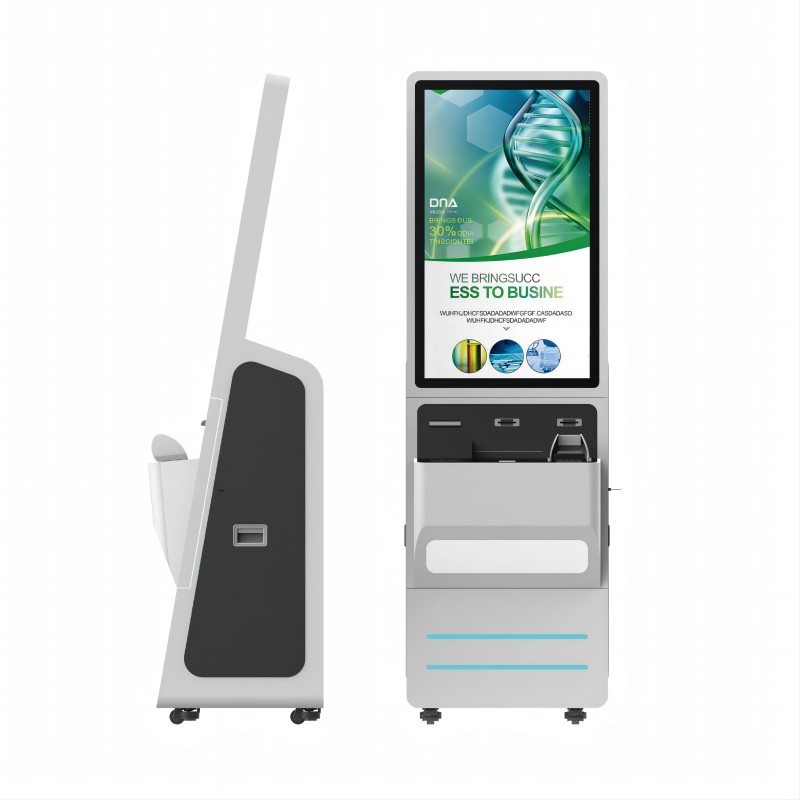
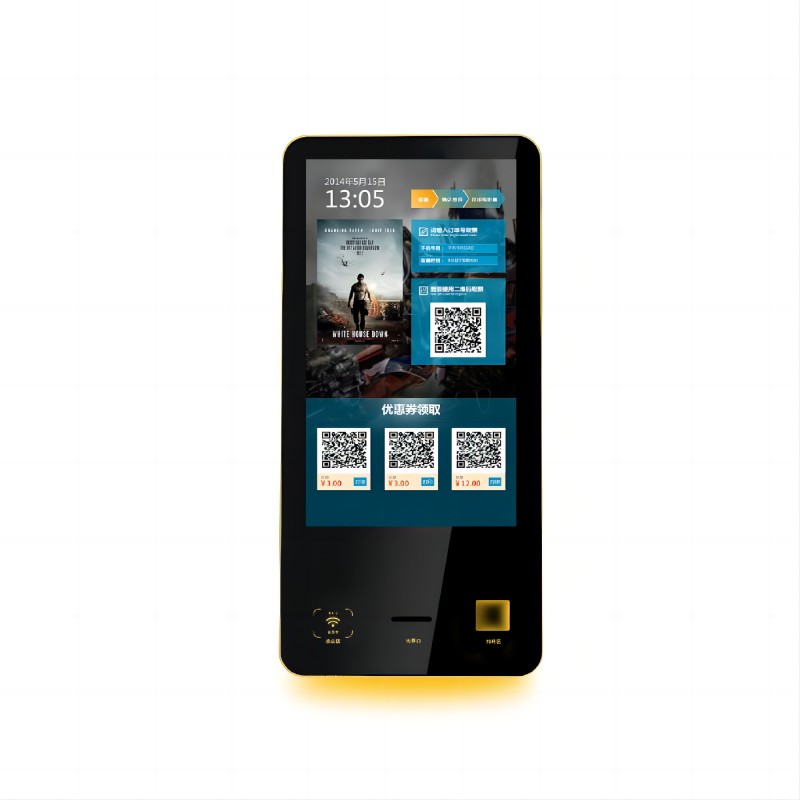
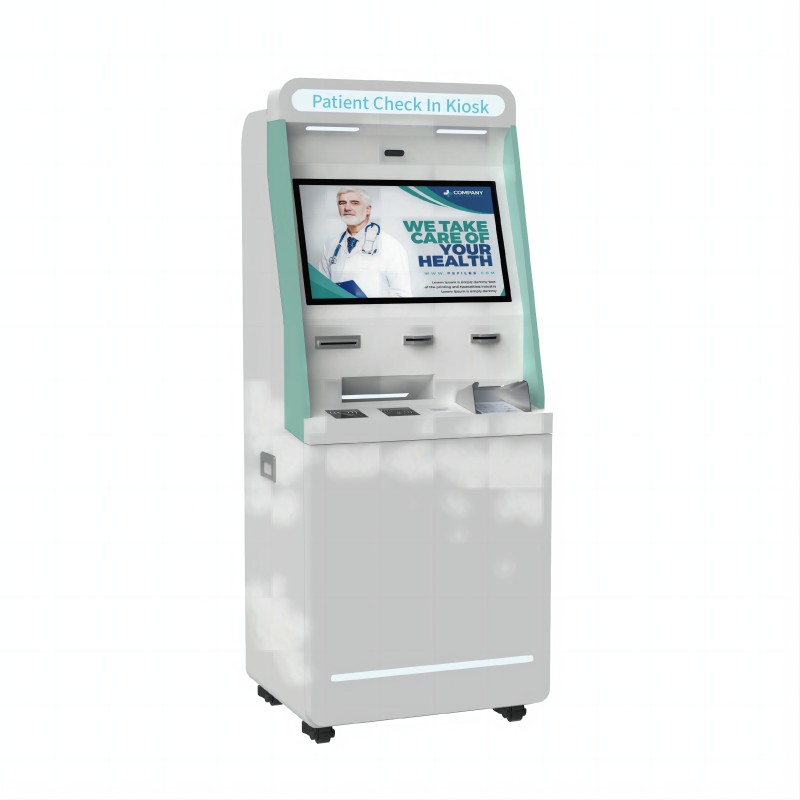
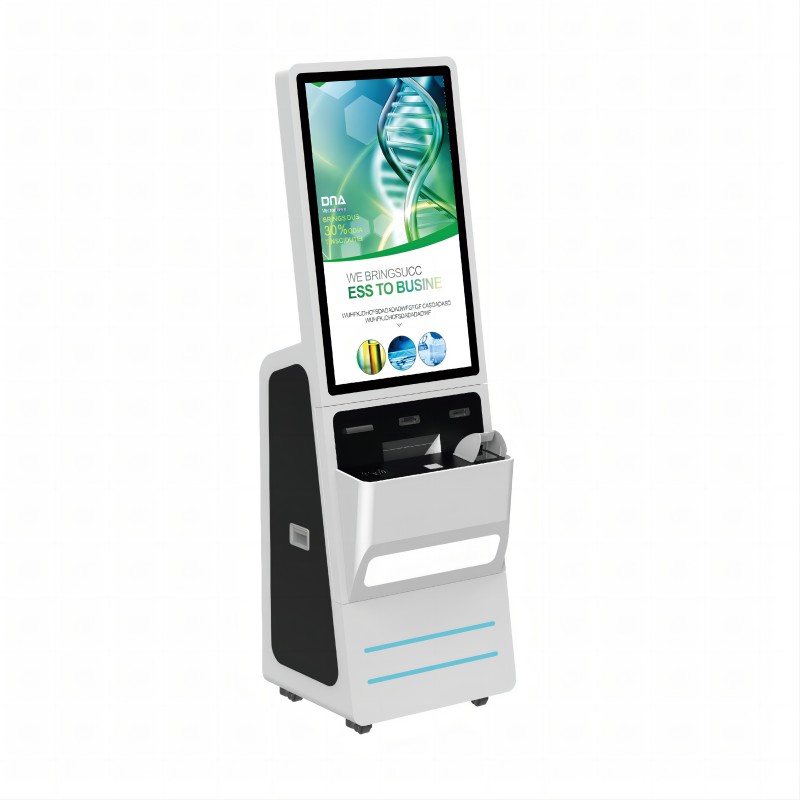
What did our happy clients say?
We recently purchased a kiosk machine from this manufacturer, and it exceeded our expectations! The lean kiosk system is efficient and user-friendly. Highly recommend their exceptional service and quality.
The kiosk machines we bought is fantastic! It’s durable, easy to use, and perfectly suits our needs. The kiosk manufacturer of Lean Kiosk System provided outstanding support throughout the process. Highly recommend!
Impressed with the kiosk machine’s performance and reliability. The lean kiosk system is a game-changer for our operations. Great value and top-notch customer service from the manufacturer!
The new kiosk machine has been a great addition to our business. The kiosk machines made from lean kiosk system are sleek, efficient, and reliable. Excellent service and support from this kiosk manufacturer—highly recommended!